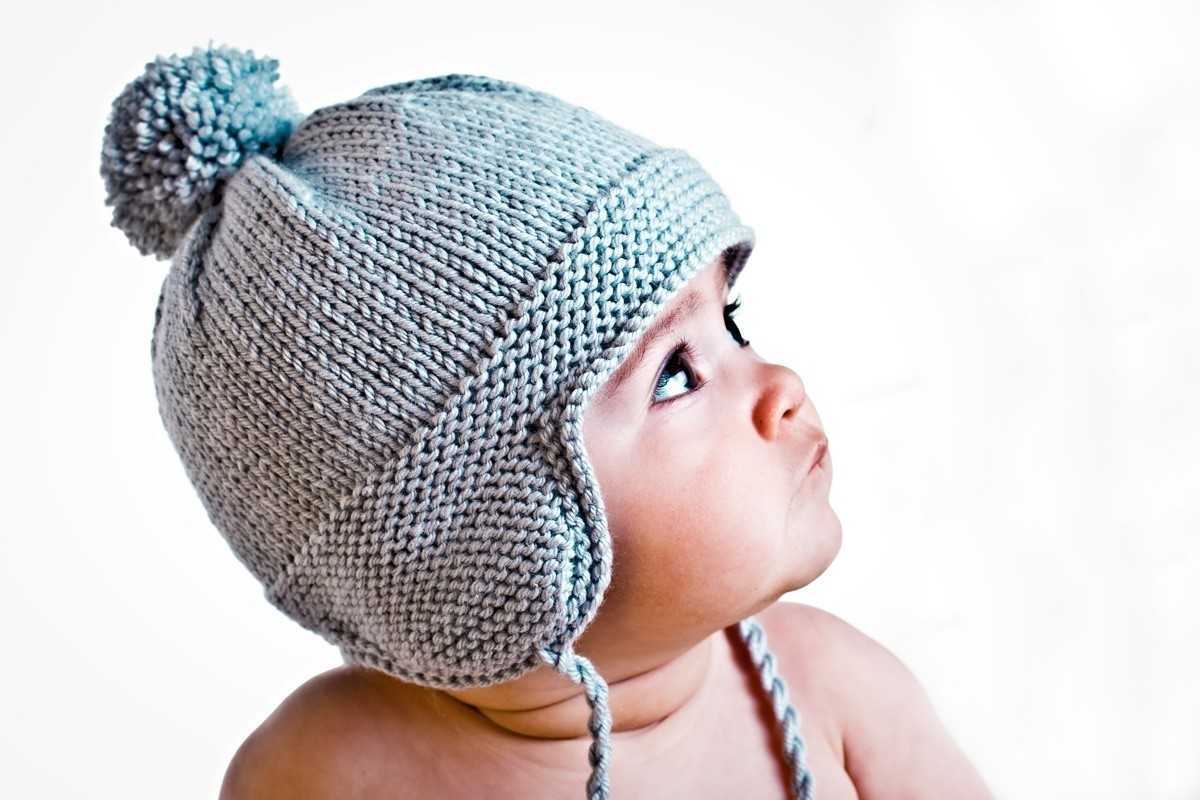
Knitting can be a rewarding and productive hobby, especially when you create something for a loved one. If you have a baby in your life or know someone who does, why not try your hand at knitting a cozy and adorable hat for them? We have just the pattern for you: an infant knitted hat pattern that is completely free!
This pattern is perfect for beginners and seasoned knitters alike. With simple stitches and clear instructions, you’ll have a beautiful hat in no time. The best part is that you can customize the hat to match any color scheme or style. Whether you prefer bold and bright colors or soft and subtle hues, this pattern can accommodate your vision.
Not only will this hat keep the precious little one warm and comfortable, but it will also make for a cherished keepsake. Handmade items are always special, and this hat will be no exception. Plus, the recipient will appreciate the time and effort that went into creating such a thoughtful and personalized gift.
So why wait? Grab your knitting needles and get started on this adorable infant knitted hat pattern today. The instructions are easy to follow, and you’ll have a finished product that will bring joy to both you and the lucky baby. Happy knitting!
Infant Knitted Hat Pattern Free
Keeping your little one warm and cozy during the colder months is a top priority for any parent. One way to do this is by knitting a hat for your infant. Not only does it provide warmth, but it can also be a cute and fashionable accessory.
If you’re looking for an infant knitted hat pattern that is both free and easy to follow, you’re in luck. Here is a simple pattern that even beginners can try their hand at:
Materials:
- Yarn: Choose a soft and baby-friendly yarn in your preferred color.
- Knitting Needles: Use a pair of size 8 (5mm) straight needles.
- Tapestry Needle: This will be used to weave in the ends.
Pattern:
- Cast on 64 stitches onto your knitting needles.
- Row 1: *K2, P2* – repeat this pattern until the end of the row.
- Row 2: *P2, K2* – repeat this pattern until the end of the row.
- Continue with this pattern, alternating between rows 1 and 2, until the hat measures approximately 4 inches.
- Next, start decreasing stitches to shape the crown of the hat.
- Row 1: *K2 together, P2, K2, P2* – repeat this pattern until the end of the row.
- Row 2: *P2 together, K2, P2* – repeat this pattern until the end of the row.
- Continue with this pattern, alternating between rows 1 and 2, until only a few stitches remain.
- Finally, cut the yarn, leaving a long tail. Thread the tail through a tapestry needle and thread it through the remaining stitches. Pull tight to close the top of the hat.
- Weave in any loose ends and trim excess yarn.
This free infant knitted hat pattern is a great way to showcase your knitting skills while providing warmth and style for your little one. Remember to always supervise your baby while they are wearing a hat and adjust the size of the pattern as needed for a perfect fit.
Why choose a knitted hat for your infant?
When it comes to taking care of your infant, choosing the right clothing and accessories is essential. One of the items that you should consider for your little one is a knitted hat. A knitted hat not only provides warmth and comfort but also offers several other benefits for your baby.
Protection from the cold: Infants are more sensitive to changes in temperature compared to adults. Their bodies have a harder time regulating heat, making them more susceptible to getting cold. A knitted hat can help protect your baby’s head and ears from the cold, helping to keep them warm and cozy.
Breathable and comfortable: Knitted hats are made from soft and breathable materials that are gentle on your baby’s delicate skin. They are designed to provide a snug and comfortable fit without causing any discomfort. The breathable nature of the material helps prevent overheating and allows for proper air circulation.
Style and customization: Knitted hats come in a wide variety of styles, colors, and designs, allowing you to choose one that matches your baby’s personality and outfits. You can even find patterns for free online and knit your own unique hat for your little one. This customization adds a personal touch and makes the hat even more special.
Preventing heat loss: Babies have a larger head in proportion to their body, which means they can lose a significant amount of body heat through their head. A knitted hat helps to prevent heat loss and keeps your baby’s body temperature regulated. This is especially important during the colder months or in air-conditioned environments.
Eye protection: Knitted hats with a brim or visor can provide some shade and protection for your baby’s eyes from the sun. This can be particularly useful during outdoor activities or during stroller rides when the sun is shining brightly.
In conclusion, a knitted hat is an excellent choice for your infant as it provides warmth, protection, and comfort. It also allows for style and customization while preventing heat loss and providing eye protection. Consider knitting a hat for your little one or look for a free pattern online. Your baby will thank you for it!
Benefits of knitting for infants
Knitting is not just a hobby; it can also provide numerous benefits for infants. The act of knitting creates a warm and comforting environment for babies, as they experience the gentle movements and soothing sounds of their caregivers working the needles and yarn. This promotes a sense of security and relaxation, which can be especially beneficial for infants who may be experiencing stress or discomfort.
Enhances fine motor skills: Knitting involves precise movements and coordination between the hands and fingers, which helps to develop fine motor skills in infants. By grasping the needles and manipulating the yarn, babies can improve their hand-eye coordination and dexterity, setting a solid foundation for future tasks like writing and drawing.
- Encourages sensory development: The various textures of knitting, from the softness of the yarn to the smoothness of the needles, provide valuable sensory stimulation for infants. This sensory input helps to develop their tactile perception and sensory processing skills, allowing them to better understand and interact with the world around them.
- Promotes cognitive development: Knitting requires concentration and problem-solving skills, even at an infant level. Babies can observe and learn from their caregivers’ actions and mimic the movements, enhancing their cognitive abilities. Additionally, knitting introduces infants to basic concepts like patterns and counting, stimulating their brain development and laying the groundwork for early math skills.
Overall, knitting can offer numerous benefits for infants, including enhancing fine motor skills, encouraging sensory development, and promoting cognitive growth. Engaging babies in this gentle and relaxing activity can foster bonding, provide a sense of security, and contribute to their overall development and well-being.
Choosing the right yarn for your infant’s hat
When it comes to knitting an infant’s hat, choosing the right yarn is essential. Not only does the yarn need to be soft and gentle against a newborn’s delicate skin, but it should also be easy to care for and durable. Here are some key factors to consider when selecting yarn for your little one’s hat:
1. Softness:
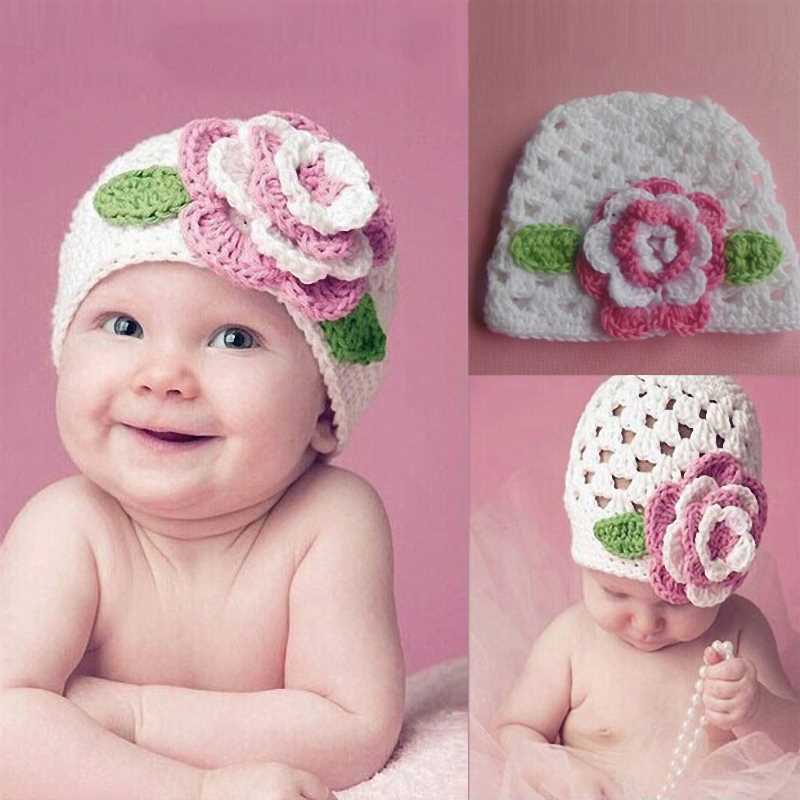
The comfort of your baby is of utmost importance, so opt for a yarn that is incredibly soft. Look for yarns made from natural fibers, such as cotton, bamboo, or merino wool. These materials are known for their softness and breathability, ensuring that your little one stays cozy and comfortable throughout the day.
2. Safety:
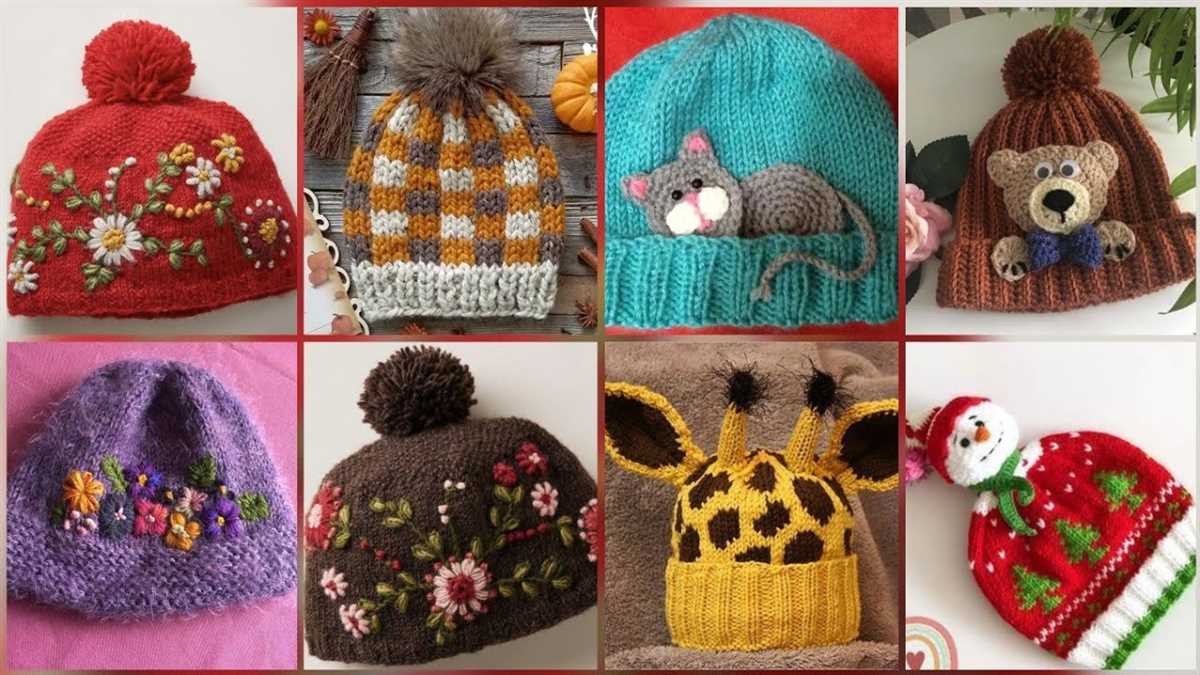
While choosing a soft yarn, it is also important to consider the safety aspect. Make sure that the yarn is free from any harmful chemicals or dyes that could potentially irritate your baby’s skin. Look for yarns that are labeled as baby-friendly or hypoallergenic to minimize any risk of allergies or sensitivities.
3. Easy care:
Having an infant means dealing with numerous messes, so it’s essential to choose a yarn that is easy to care for. Look for yarns that are machine washable, as this will save you time and effort in the long run. Additionally, opt for yarns that maintain their shape and softness even after multiple washes.
4. Durability:
Babies grow quickly, and their hats need to withstand their active lifestyle. Choose a yarn that is durable and can withstand stretching and tugging. Look for yarns that have a tight twist or are blended with synthetic materials to ensure longevity.
By considering these factors and choosing the right yarn, you can knit a hat that not only keeps your baby warm and protected but also feels luxurious against their delicate skin.
Essential knitting tools for the project
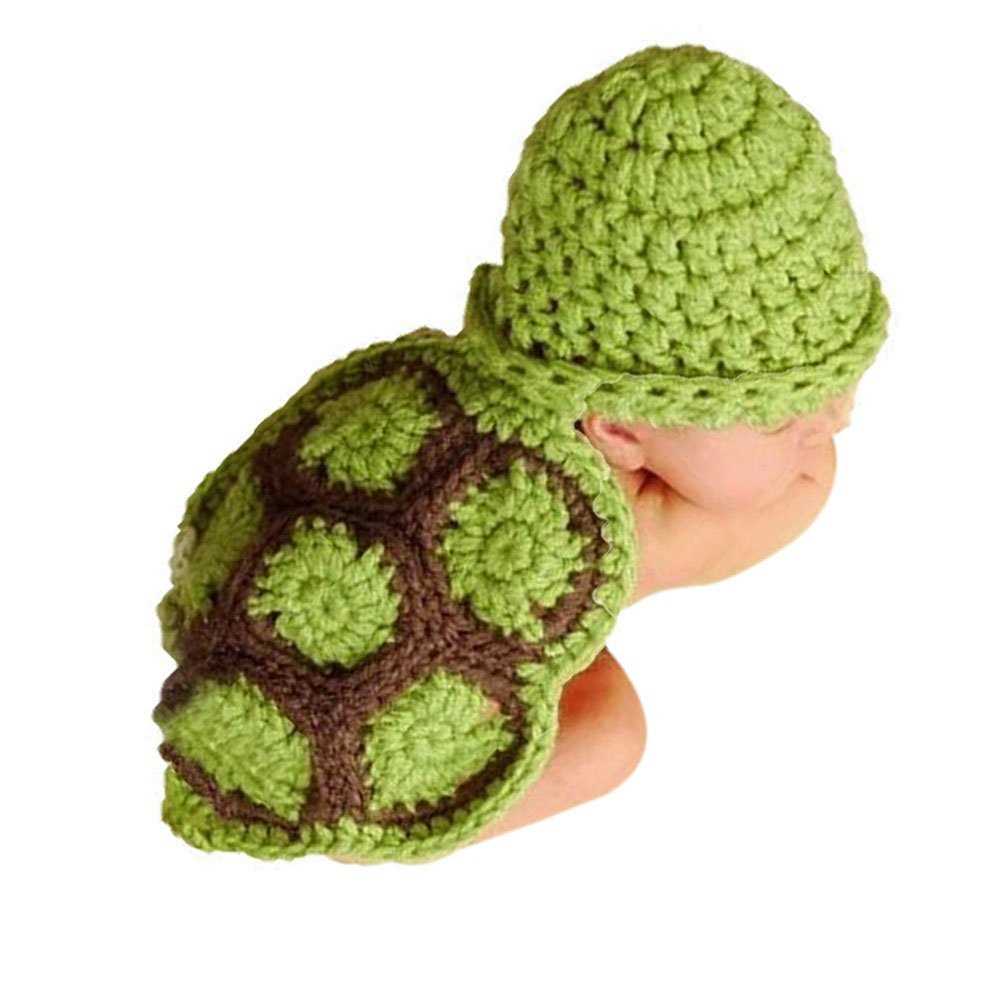
When embarking on a knitting project, it is essential to have the right tools to ensure success. Having the right tools not only makes the knitting process easier, but it also helps to achieve more professional-looking results. Here are some essential knitting tools that you will need for your infant knitted hat project:
1. Knitting Needles
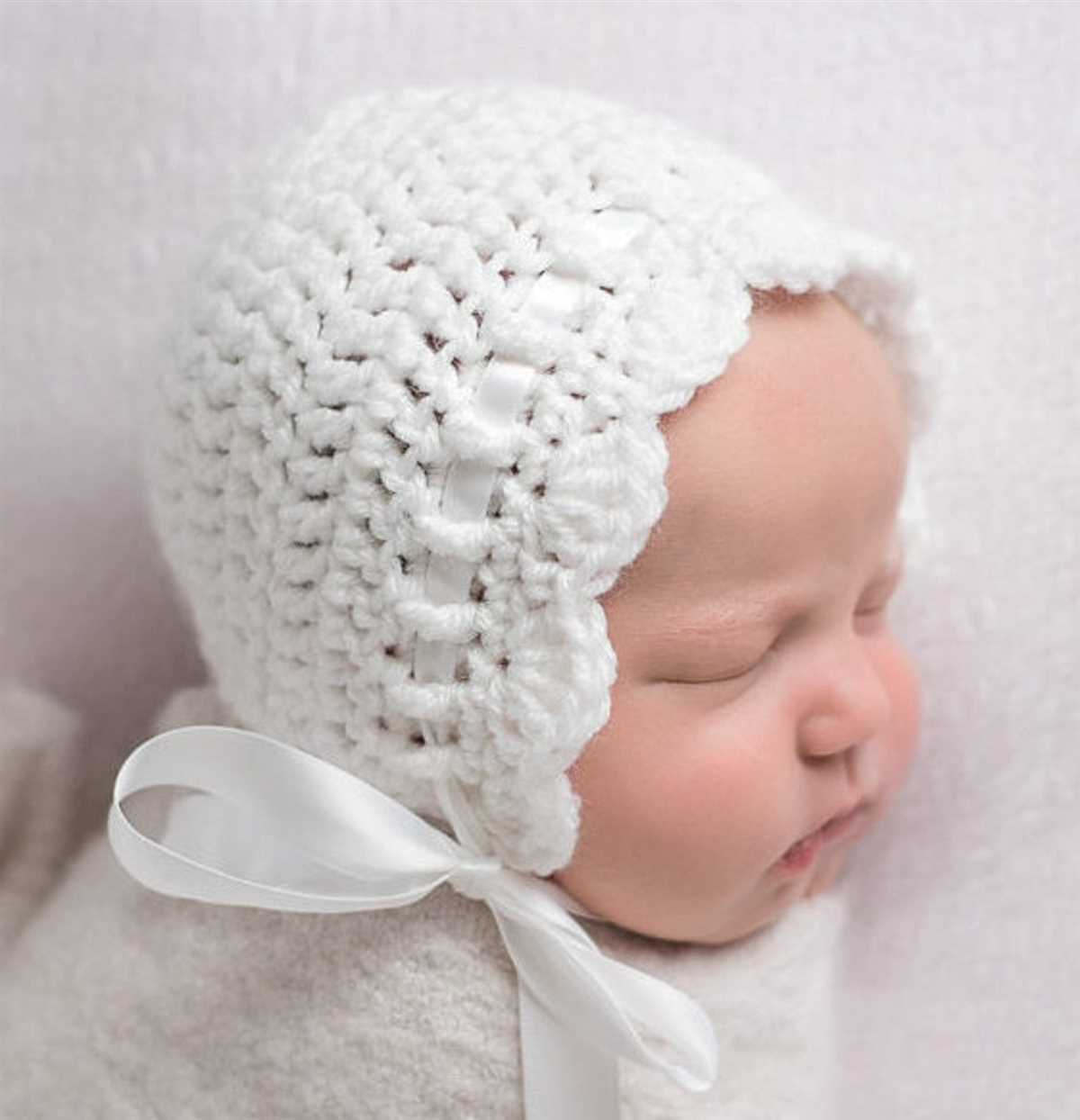
Choose the right size and type of knitting needles for your project. For an infant knitted hat, you may need circular needles with a small size, such as size US 5 or US 6. Circular needles are preferred for this project as they allow you to knit in the round.
2. Yarn
Select a soft and comfortable yarn that is suitable for an infant’s delicate skin. Look for yarn made from natural fibers such as cotton or merino wool. Make sure to choose yarn in the appropriate weight, usually listed as “worsted” or “DK,” as specified in the hat pattern.
3. Stitch Markers
Stitch markers are essential for keeping track of your progress and marking important points in the pattern. They can be placed on the knitting needles to indicate where a new section starts or where increases or decreases need to be made.
4. Yarn Needle
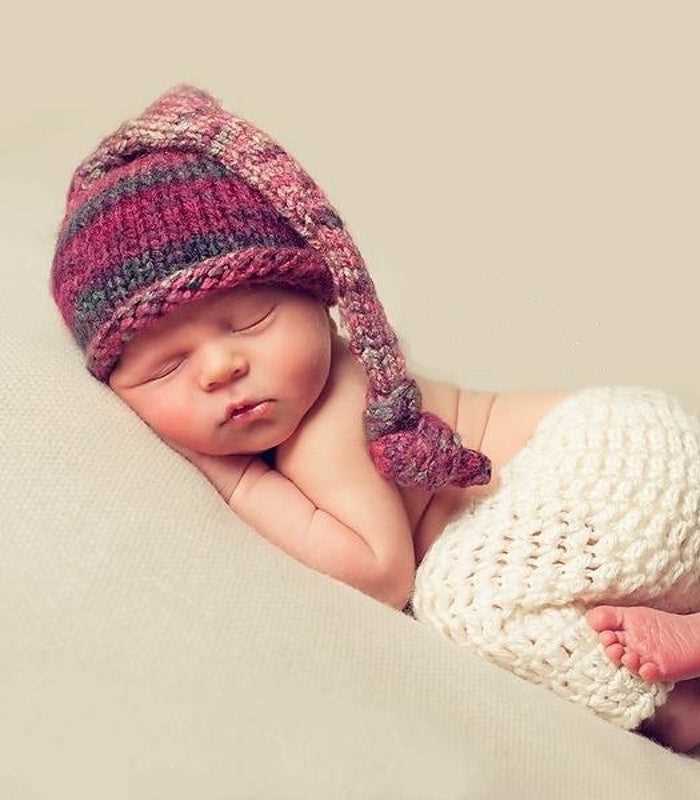
A yarn needle, also known as a tapestry needle, is used for weaving in loose ends and seaming your knitting project. Choose a needle with a large eye that can accommodate the thickness of the yarn you are using.
5. Scissors
Having a pair of scissors specifically for your knitting projects is important for cutting yarn and trimming loose ends. Choose a small and sharp pair of scissors that can easily fit in your knitting bag.
By having these essential knitting tools at hand, you will be well-prepared to start your infant knitted hat project. Remember to follow the pattern instructions and take your time to create a beautiful and cozy hat for your little one.
Step-by-step instructions for knitting an infant hat
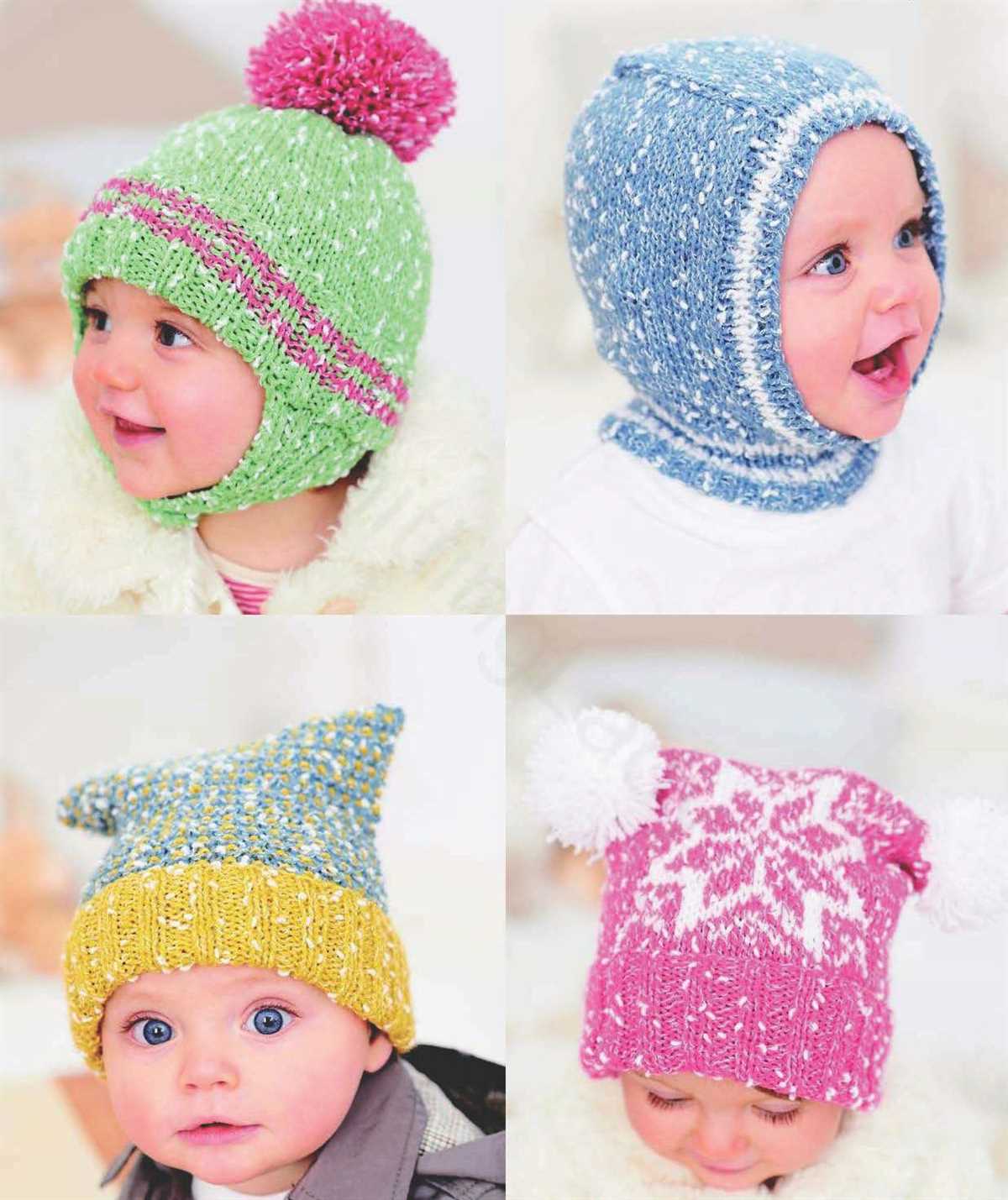
Knitting an infant hat is a great way to create a cozy and adorable accessory for your little one. Whether you’re a seasoned knitter or just starting out, this step-by-step guide will help you create a beautiful hat for your baby.
To begin, gather the necessary materials: a pair of knitting needles (size 6 or 7), a skein of soft baby yarn, and a set of stitch markers. Choose a yarn color of your preference to add a personal touch to the hat.
Step 1: Cast on stitches
Using your knitting needles, cast on 60 stitches. This will create the base of the hat. Make sure to leave a long tail when casting on to use later for sewing up the seam.
Step 2: Knit the brim
Start knitting the brim of the hat by working in a flat knit stitch for about 6 rows. This will give the hat a nice stretchy and snug fit.
Step 3: Begin the main body
Switch to knitting in the round by joining the last stitch of the brim with the first stitch, being careful not to twist the stitches. Place a stitch marker at the beginning of the round to help you keep track.
Step 4: Knit the main body
Continue knitting in the round until the hat measures about 4 inches from the brim, or desired length.
Step 5: Decrease stitches
Start decreasing stitches to shape the crown of the hat. Knit two stitches together at regular intervals, evenly spaced around the hat, until you have reduced the stitch count to about 10-12 stitches.
Step 6: Finishing touches
When you have reached the desired stitch count, cut the yarn leaving a long tail. Thread the tail through the remaining stitches and pull tightly to close the top of the hat. Use the long tail from casting on to sew up the side seam of the hat.
Step 7: Embellish (optional)
If desired, you can add some decorative elements to the hat, such as a pom-pom or small knitted embellishments. Get creative and make the hat uniquely yours!
With these step-by-step instructions, you’ll be able to knit a beautiful and cozy hat for your little one. Enjoy the process and keep your baby warm and stylish!
Tips for achieving a perfect fit
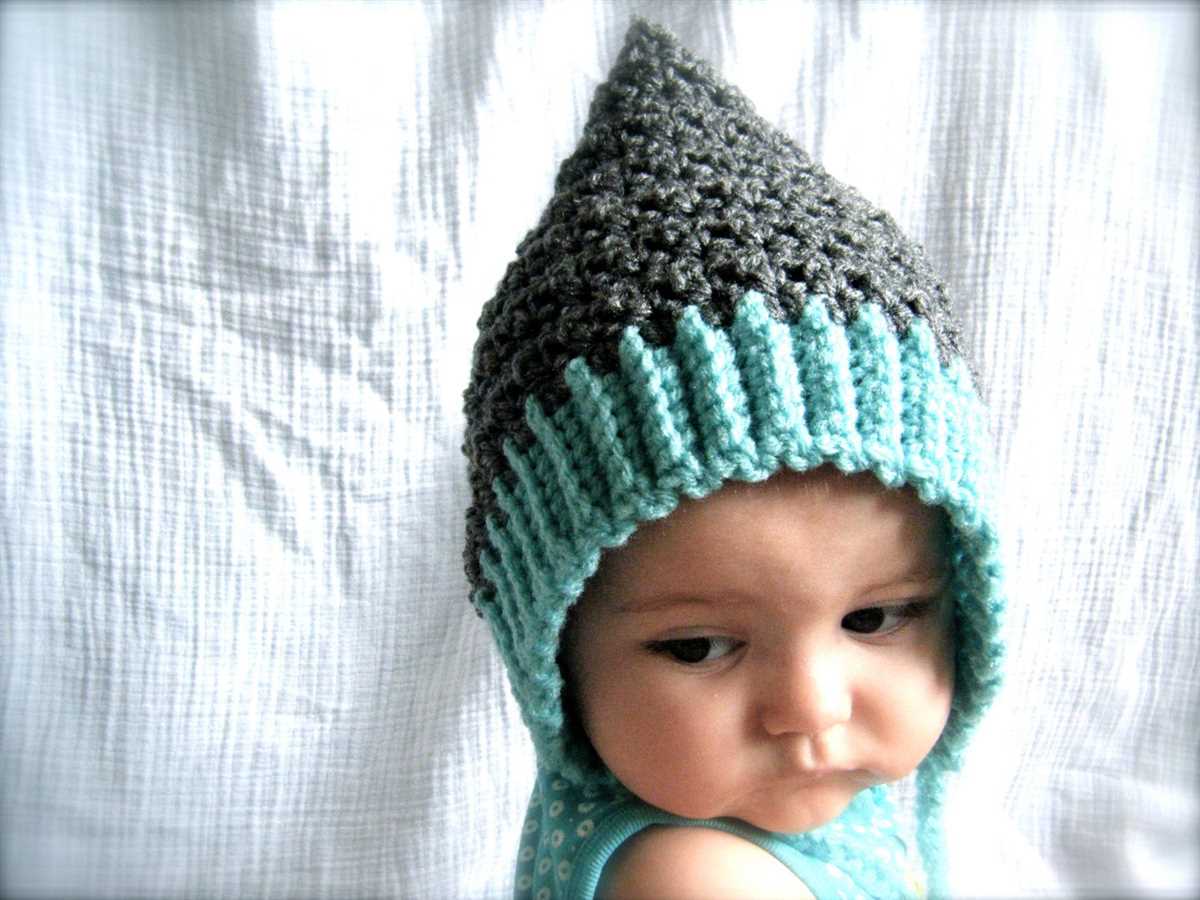
When knitting an infant hat, achieving the perfect fit is essential to ensure comfort and functionality. Here are some tips to help you achieve just that:
1. Take accurate measurements
Before you start knitting, ensure you have the correct measurements of the infant’s head. Measure around the widest part of the head, usually just above the eyebrows. This will give you the circumference to work with. Additionally, measure the distance from the base of the infant’s head to the top to determine the length of the hat.
2. Choose the right yarn and needle size
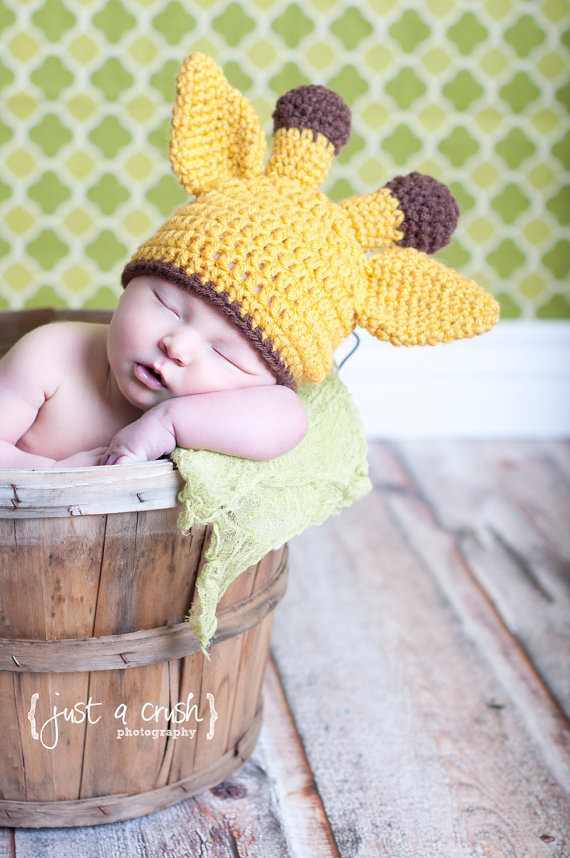
The thickness of the yarn and the size of the needles you use will greatly affect the fit of the hat. Thinner yarn and smaller needles will produce a tighter, snugger fit, while thicker yarn and larger needles will result in a looser fit. Consider the intended purpose of the hat (e.g., warmth in winter or a lightweight summer hat) when selecting the yarn and needle size.
3. Gauge swatch is a must
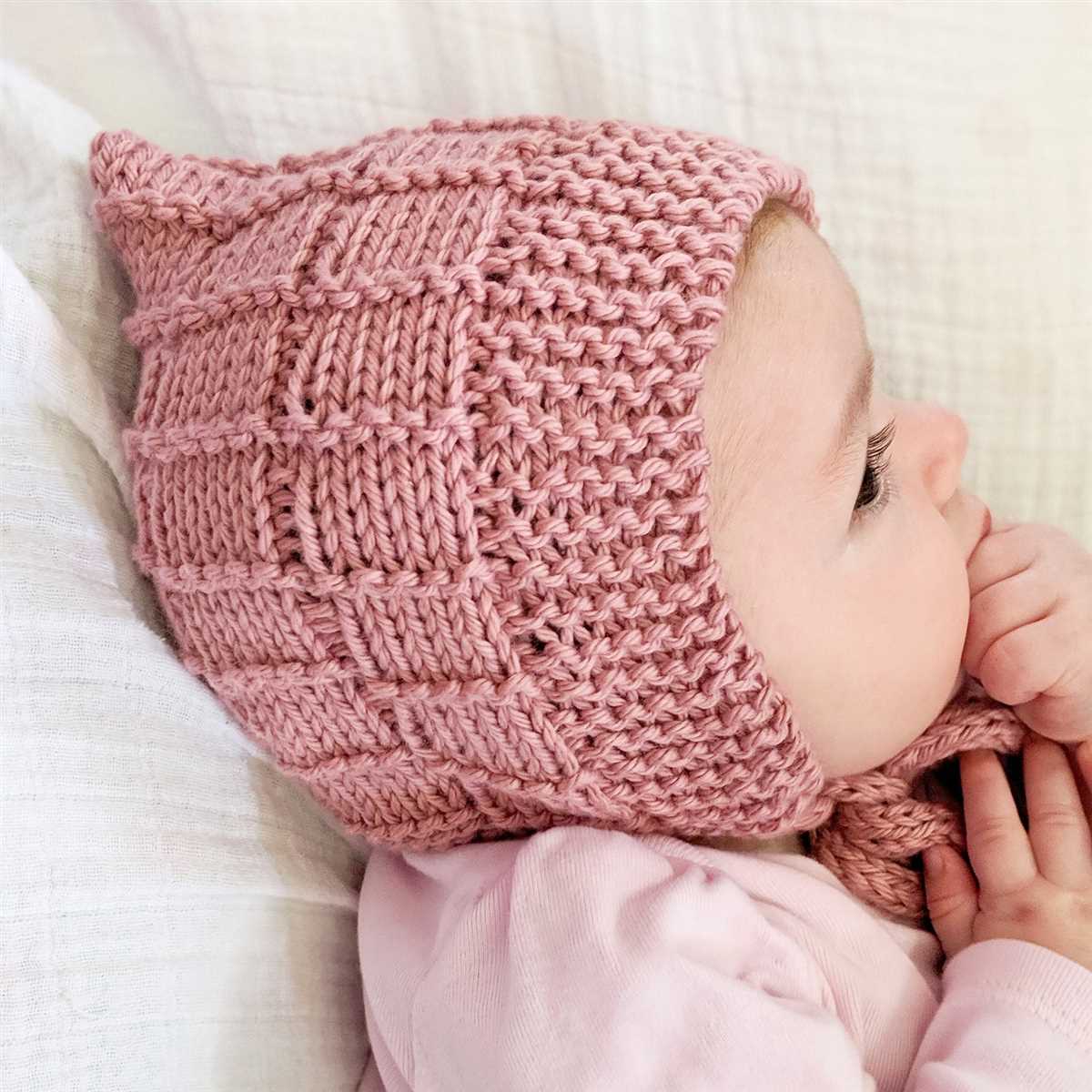
Take the time to knit a gauge swatch before starting the hat. This will help you determine how many stitches and rows are needed to achieve the desired size. Use the recommended stitch pattern and follow the instructions for gauge provided in the pattern. Adjust your needle size as necessary to match the gauge.
4. Don’t forget the stretch
Keep in mind that knitted fabric has some stretch to it, so it’s essential to accommodate for this when knitting the hat. Aim to make the hat slightly smaller than the actual measurements to ensure a snug yet comfortable fit. This will prevent the hat from stretching out too much and losing its shape over time.
- 5. Consider the design and style
Finally, consider the design and style of the hat. Certain patterns or stitch patterns may affect the fit of the hat. For example, a ribbed pattern will provide some stretch, while a cable pattern may result in a tighter fit. Take this into account when selecting or modifying the pattern to achieve the perfect fit.
Adding embellishments to make the hat unique
When it comes to knitted baby hats, adding embellishments can be a fun way to make the hat unique and personalized. There are many options for embellishments that can be added to a knitted hat, allowing you to create a one-of-a-kind design.
Pom-poms: Pom-poms are a classic embellishment that can be added to the top or sides of the hat. They can be made using yarn in contrasting colors to add a pop of color or can be made using the same yarn as the hat for a more subtle look.
Embroidery: Embroidery is another popular embellishment technique that can be used to add details and designs to the hat. Whether it’s a cute animal face, a flower, or the baby’s initials, embroidery can be a great way to personalize the hat.
Buttons: Adding buttons to the hat can also be an interesting way to embellish it. You can sew a row of small buttons along the brim or add a larger decorative button as a focal point. Just ensure that the buttons are securely attached to prevent any choking hazards.
Charms: Charms can be added to the hat by attaching them using a small loop of yarn or a jump ring. This can add a unique and playful touch to the hat, especially if you choose charms that relate to the baby’s interests or hobbies.
Ribbons and bows: Ribbons and bows are another option for adding embellishments to a baby hat. You can sew a length of ribbon around the brim or attach a bow to the side of the hat. This can add a touch of elegance and femininity to the design.
Remember, when adding embellishments to a baby hat, safety should always come first. Ensure that any embellishments are securely attached and don’t present a choking hazard. Additionally, consider the comfort of the baby when choosing the type and placement of the embellishments, as some may be more irritating to the baby’s delicate skin.
Washing and caring for your knitted infant hat
After spending time knitting a beautiful and cozy hat for your little one, it’s important to know how to properly care for it to ensure its longevity. With a few simple steps, you can keep your knitted infant hat looking as good as new for years to come.
1. Hand wash with care: To preserve the delicate fibers of the knitted hat, it is recommended to hand wash it. Fill a basin with lukewarm water and add a gentle detergent specifically designed for wool or baby garments. Gently swirl the hat in the soapy water and avoid any rubbing or wringing that could cause damage.
2. Rinse thoroughly: After washing, carefully drain the soapy water and refill the basin with clean lukewarm water. Swirl the hat in the water to rinse away any remaining detergent. Repeat this step if necessary until the water runs clear, ensuring that all soap residue has been removed.
3. Pat dry: To remove excess water from the hat, gently press it between your hands or wrap it in a clean towel and press down lightly. Avoid wringing or squeezing the hat as this can distort its shape. Lay the hat flat on a clean, dry towel and reshape it to its original form.
4. Air dry: Place the hat in a well-ventilated area away from direct sunlight or heat sources. Allow it to air dry completely before storing or wearing it again. Avoid using a clothes dryer or hanging the hat to dry as this can stretch or shrink the fibers.
5. Store properly: When not in use, store the knitted hat in a clean, dry place to protect it from dust and moisture. Consider placing it in a soft fabric bag or container to prevent any snagging or damage. This will help maintain the hat’s shape and prevent it from getting tangled or stretched.
By following these simple steps, you can ensure that your knitted infant hat remains soft, vibrant, and cozy for your baby to enjoy. With proper care, it can become a cherished heirloom that can be passed down to future generations.
Other Free Knitting Patterns for Infants
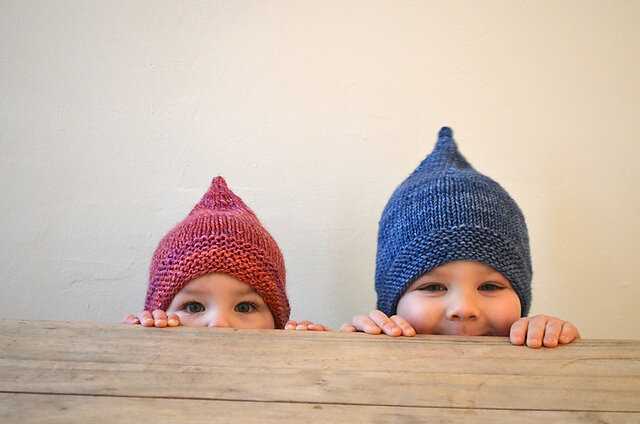
In addition to the free knitting pattern for an infant knitted hat, there are many other patterns available for knitting adorable and practical items for infants. Whether you are looking to make clothing, accessories, or toys, there is a wide variety of patterns to choose from.
1. Baby Booties: Knitting a pair of baby booties is a popular choice for many knitters. These tiny and cozy shoes can be both functional and cute, providing warmth and protection for little feet. There are numerous patterns available for different styles and designs of baby booties, allowing you to create a personalized pair for your little one.
2. Baby Sweaters: Knitting a baby sweater is a rewarding project that allows you to showcase your knitting skills. There are patterns available for different styles, including cardigans, pullovers, and hoodies. You can choose a pattern with intricate stitch patterns or opt for a simpler design, depending on your skill level and preferences.
3. Baby Blankets: Knitting a baby blanket is a practical and thoughtful gift for a new arrival. There are countless patterns available for baby blankets, ranging from simple garter stitch designs to more complex lace or cable patterns. You can choose a pattern that matches the nursery decor or select a soft and cozy yarn for maximum comfort.
4. Baby Hats: In addition to the knitted hat pattern mentioned earlier, there are many other patterns available for baby hats. You can choose from a variety of styles, such as beanies, bonnets, or animal-themed hats. Knitting a baby hat not only ensures warmth for the little one but also allows you to showcase your creativity with different colors and embellishments.
5. Baby Toys: Knitting toys for infants can be a fun and enjoyable project. There are patterns available for stuffed animals, rattles, and sensory toys that are safe for babies to play with. These toys can help stimulate their senses and provide entertainment while also being soft and cuddly.
Overall, there are numerous free knitting patterns available for infants, allowing you to create beautiful and practical items for your little one or as gifts. Whether you choose to knit booties, sweaters, blankets, hats, or toys, these patterns offer a great way to showcase your knitting skills and create unique and personalized items for the precious babies in your life.
Show off your creations and join the knitting community
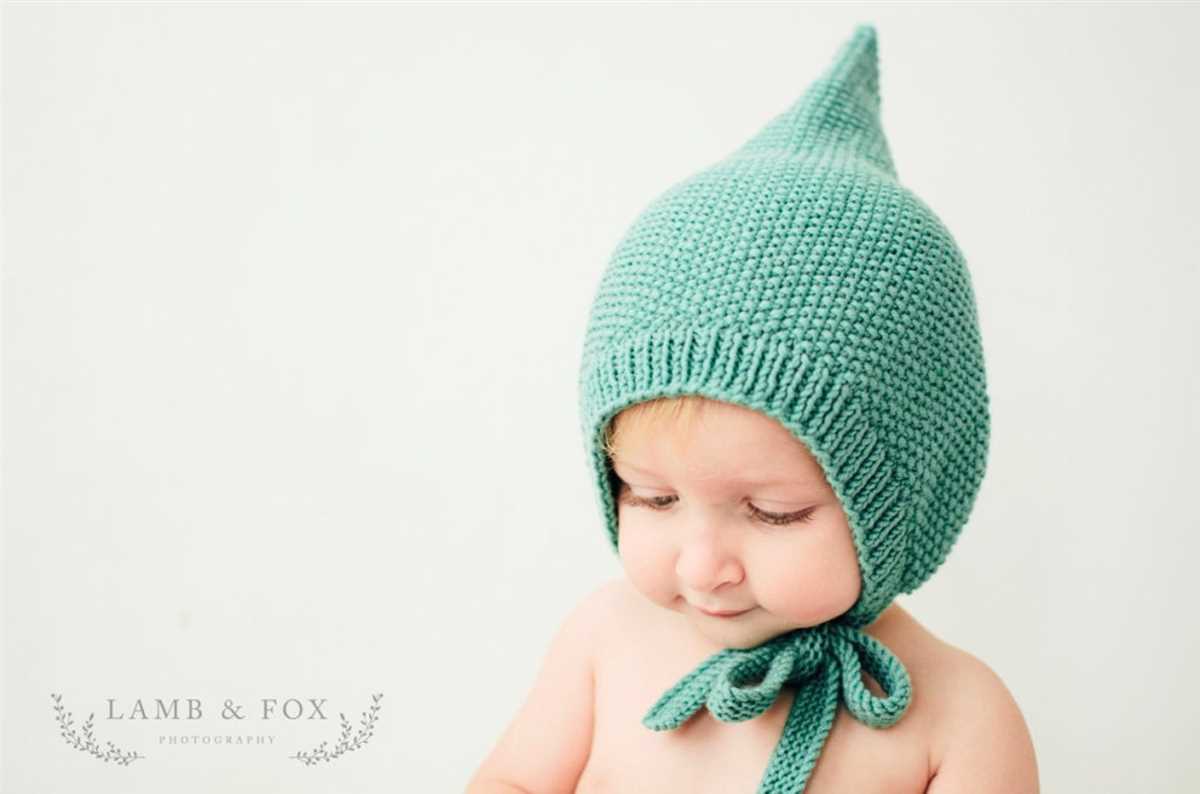
Knitting is not just a hobby, it’s a way to connect with others who share the same passion. Showcasing your creations and joining the knitting community can be a rewarding experience. Here are a few ways to get involved:
- Share your creations on social media: Take a picture of your finished infant knitted hat and share it on your favorite social media platforms. Use relevant hashtags like #knittingcommunity, #handmade, and #knittinglove to connect with other knitters and gain inspiration.
- Join knitting groups: Look for local knitting groups in your area or join online communities where knitters from around the world come together to share their projects, ask for advice, and offer support. You’ll find a wealth of knowledge and a friendly community of like-minded individuals.
- Participate in knitting challenges: Many knitting communities and websites organize knitting challenges where participants take on a specific project or theme. These challenges can be a great way to push your knitting skills, learn new techniques, and connect with others who share your enthusiasm for knitting.
- Attend knitting events and workshops: Keep an eye out for knitting events, workshops, and conferences happening in your area. These events often feature knitting classes, demonstrations, and opportunities to connect with other knitters. It’s a great way to expand your knitting knowledge and meet fellow enthusiasts in person.
By sharing your creations, joining knitting groups, participating in challenges, and attending events, you’ll become part of a vibrant and supportive knitting community. You’ll have the opportunity to learn from others, inspire and be inspired, and make lifelong connections with fellow knitters. So don’t be shy, show off your beautiful infant knitted hats and embrace the wonderful world of knitting!